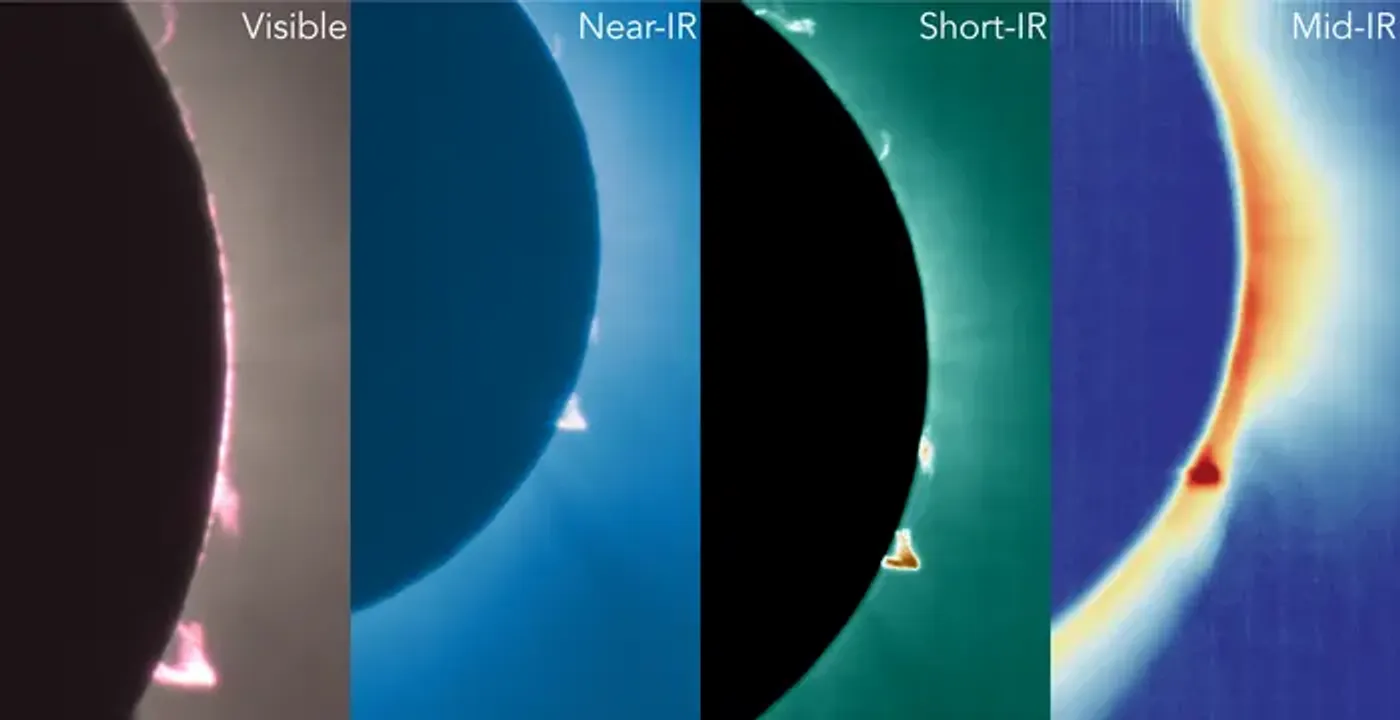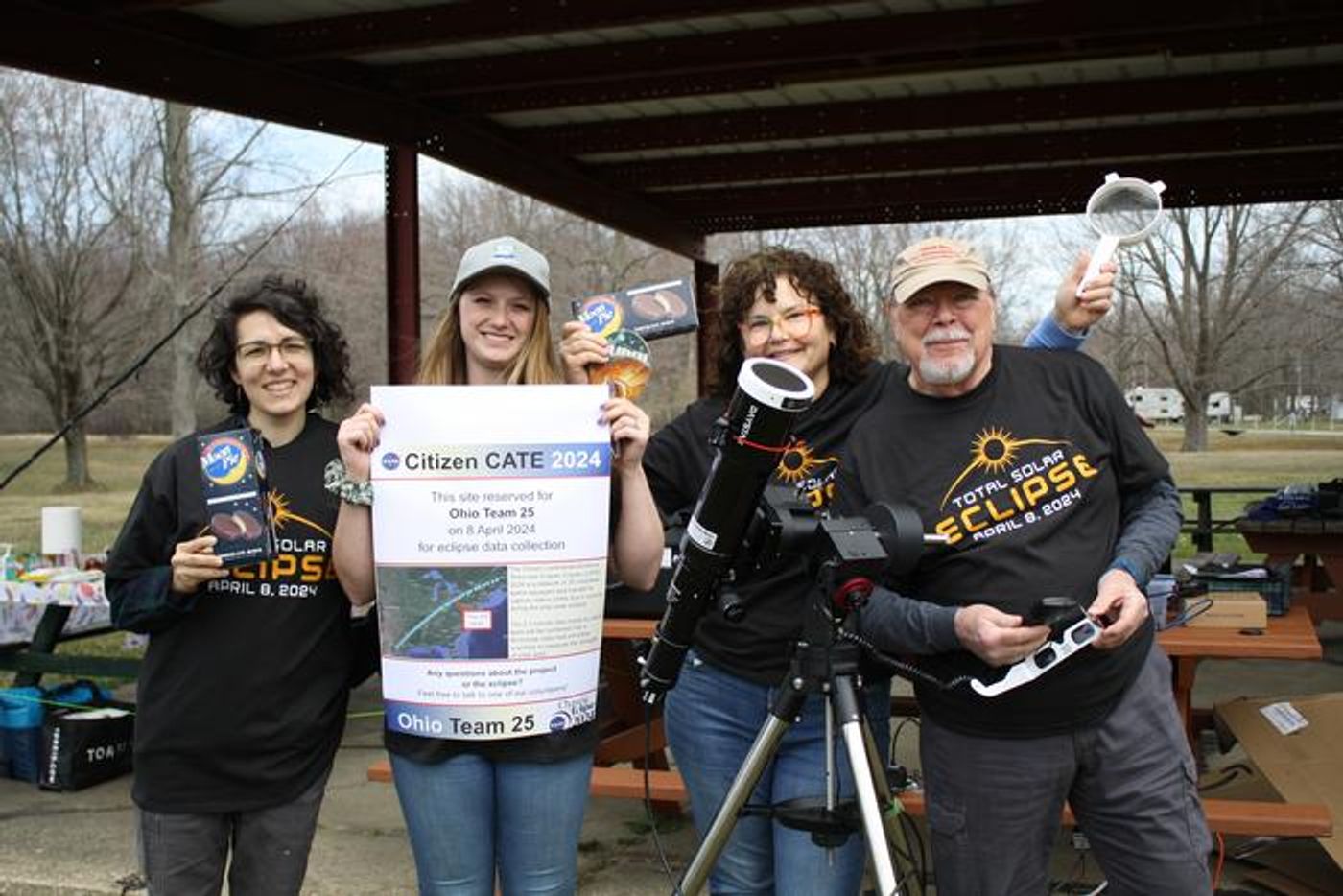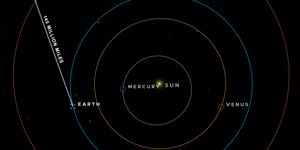Scientists Capture Solar Data During Rare Total Eclipse from Land and Air
The total solar eclipse traced across the United States on April 8, 2024, capturing the attention of millions of Americans with one of the rarest celestial events. It also provided scientists with an opportunity to study the Sun, and specifically its corona, which is the Sun’s outermost atmosphere. This research was accomplished from both the ground and air with the Citizen Continental-America Telescopic Eclipse (CATE) 2024 experiment and a NASA WB-57F research aircraft, respectively, while being run by the Southwest Research Institute (SwRI). These two studies hold the potential to help scientists better understand the Sun’s corona since it extends millions of miles into space and has extremely high temperatures, which scientists continue to be puzzled about.
“Total solar eclipses are relatively rare, offering unique opportunities for scientists to study the hot atmosphere above the Sun’s visible surface,” said Dr. Amir Caspi, who is a solar physicist at SwRI and principal investigator of both projects. “But more than that, through CATE 2024, the eclipse offered a bonding experience between scientists and communities along the path, sharing in this incredible awe-inspiring event. We hope the public experienced a new interest in, and appreciation of, the Sun and its mysteries.”
Images of the Sun’s corona obtained by NASA’s WB-57F research aircraft as it flew within the eclipse’s shadow during the event. (Credit: Southwest Research Institute/NASA/Dan Seaton)
CATE 2024 was a massive outreach effort involving 35 teams and more than 200 “citizen scientists” with the goal of creating a 60-minute high-resolution movie of the eclipse while the NASA WB-57F research aircraft was tasked with making observations while chasing the shadow of the eclipse.
Image of a few of the more than 200 “citizen scientists” who contributed to the CATE 2024 project. (Credit: Southwest Research Institute/Citizen CATE 2024)
The reason why the Sun’s corona normally isn’t visible is due to the Sun’s enormous glare, so astronomers use total solar eclipses as opportunities to observe the corona without the need for special filters. These two projects demonstrate the importance of scientific ingenuity and community outreach to learn more about the universe.
As always, keep doing science & keep looking up!
Sources: Wikipedia, NASA, EurekAlert!, Southwest Research Institute










